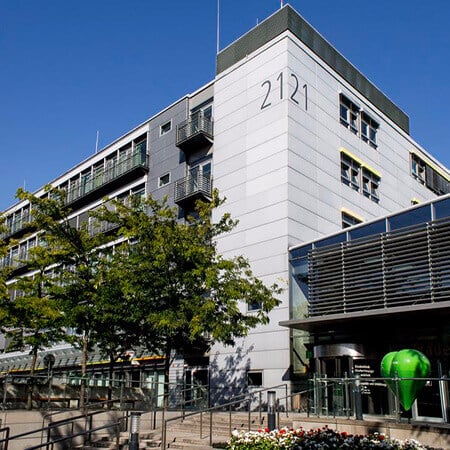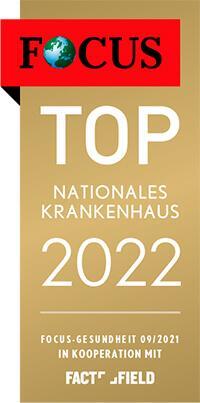About the treatment
Congenital pediatric chest deformity affects the upper part of the sternum, giving the patient a keel-shaped chest. Such deformity is also known as hollowed or keeled chest. This disease is considered to be hereditary. 26% of cases are caused by a genetic predisposition. Keeled chest can sometimes be an acquired condition after serious chest trauma. It is most often manifested by an abnormal protrusion of the chest.
Congenital pediatric chest deformity can occur if the development of a person’s skeleton is disrupted while the ribs and sternum are very weak. Protrusion may become visible around the age of 5-7 when the development of the skeleton is most rapid and the body increases in size very quickly. Or, it may manifest between the ages of 11-14 years due to changes in the body during puberty.
Deformity is most common in girls. According to statistics, the ratio is 4:1 in girls relative to boys. This condition is considered to be common, with 1 out of 400 people having it in some form.
There are two types of this deformity:
Asymmetrical protrusion is more common in progressed stages of this condition.
Symptoms
- Protrusion of the chest
- Difficulty breathing
- Fatigue
- Cardiovascular problems
- Frequent colds
- Slow physical development
- Dizziness
Diagnosis
- X-Ray of the chest shows if there is any deformity in anatomical structure of patients cratliage.
- MRI is used to get the precise image of the heart and tissues surrounding it to know if protusion displaced the heart.
- ECG shows if there are problems with the heart rhythm, caused by this disease.
Treatment
Plastic chest repair is the most effective chest deformity treatment and it is performed as an open surgery.
During the open surgery, the surgeon makes an incision into the chest and removes the deformed cartilage. The rib lining is left to allow the cartilage to grow back normally. A plastic support piece may be used, to hold the breastbone in place until it is completely healed.
The recovery period can take several months. This surgery is usually performed in children between the age of 12-16 years or in adults in their early 20s.
Overall, this procedure not only improves the outward appearance of the chest, it can also improve the patient’s breathing and prevents heart problems that could have appeared later in life due to the heart being moved by the protrusion.
Authors: Dr. Nadezhda Ivanisova, Dr. Sergey Pashchenko

















